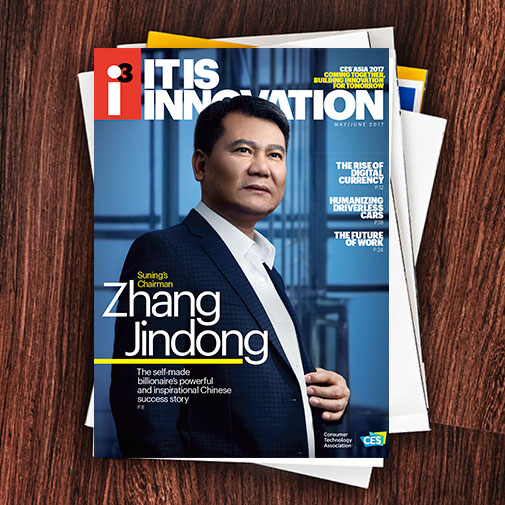The software platform that powers Bitcoin, called Blockchain, is a list of records (called blocks) that represents a distributed public ledger of all Bitcoin transactions that have been executed. The Blockchain grows as “completed” blocks, meaning updates, are added to it in chronological order. Each block contains a timestamp and entries are permanent and searchable.
Everyone using the system can see what’s going on, yet Blockchain technology makes it difficult to hack into, doctor or destroy accounts. Think of it as a wall under construction. You place a block at the bottom and each time a block gets completed, a new block is generated so other blocks are placed on top of the one representing your transaction. As a result, it is difficult to tamper with your finances because of the other blocks on top.
As a distributed ledger, Blockchain reduces the costs involved in verifying transactions, and by removing the need for trusted third parties such as banks to complete transactions, the technology also lowers the cost of financial networking. Bankers like the idea of fast, efficient, digital money that does not carry the cost of handling cash, and can be tracked. Banks and governments spend roughly $200 billion each year to securely store cash. As a result, many countries are examining how to mint their own digital currencies and put money on the Blockchain.
These public ledgers also can record digitized renderings of virtually any documents of importance such as driver’s licenses, passports, birth certificates, Social Security cards, voter registration cards and records of the buying and selling of goods. A key advantage is you don’t need to carry paper documents that can be stolen, counterfeited or lost — helping to reduce identity theft. By storing data across its network, the Blockchain eliminates the risks that come with centrally held data. Dish Network accepted its first Bitcoin payment in 2014. Online retailers like Newegg, Tigerdirect and Overstock.com accept Bitcoin as well as the Apple App Store, CVS, Dell, Expedia, Target, Home Depot, Kmart, PayPal and Sears.
Blockchain promises to execute monetary policy and bring greater efficiency to global supply chains. A January 2017 World Economic Forum report estimated $20 billion worth of Bitcoin exists now. By 2027 about 10 percent of the entire global GDP will be stored on Blockchains or Blockchain-related technology. That said, exactly when a move to official digital currencies might occur is hard to predict. It could be in 10 years or decades before central banks widely use digital currencies.

i3, the flagship magazine from the Consumer Technology Association (CTA)®, focuses on innovation in technology, policy and business as well as the entrepreneurs, industry leaders and startups that grow the consumer technology industry. Subscriptions to i3 are available free to qualified participants in the consumer electronics industry.